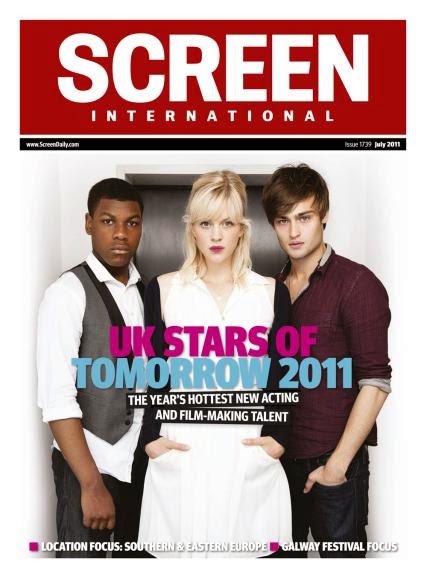As well as posters, magazines are another way that films are marketed so I took a look at a few existing film magazines since not all are aimed that he same audience.
Total Film: Total Film was launched in 1997 and a new issue is bought out every month giving up to date information on all the latest big blockbuster films.
Empire: Empire is the biggest film publication in the UK and like Total Film it also is a month magazine that focuses on big budget films although it does review more independent films as well.
Sight and Sound: Published by the BFI (British Film Institute) Sight and Sound is one of very few film publications that reviews all film releases equally as apposed to others that primarily write about a certain genre of film.
Premiere: Premiere was first published in 1987 and was discontinued in 2010. It was a mainstream American film magazine and included features such as 'If You Ask Me' and 'Letter Box'
Neon: Neon was discontinued in 1999 just a few years after it's first issue in 1996. It featured film reviews and interviews with actors.
American Cinematographer: This months magazine from the American Society Of Cinematographers doesn't focus on mainstream films as much as it does the art of making more independent films, tv shows and commercials.
SFX: SFX is a British Sci-fi film magazine that is published every four weeks. As well as films, SFX also covers tv shows, video games and comics.
Screen International: unlike most film publications Screen international is published weekly. The magazine began in 1975 and started a website in 2001. Screen International is marketed towards people involved in the film industry rather than fans of films as it features reviews based of Box-office takings rather than the plot of the movie.
Little White Lies: Little White Lies is published every two months and is available online and in the shops. The types of films that are likely to be featured in this magazine are independent art house films and often changes the style of the magazine to match the genre of the film featured on the cover.
Fangoria: Fangoria is a specialist horror magazine dealing exclusively with that genre.
Filmmaker: Filmmaker is a film magazine, published four times a year, that writes about independent films.
Starburst: Starburst is a science fiction magazine that is released every month but they also have a website that is updated daily.
















.jpg)





























